5 Things You Need To Know Before Buying Aftermarket Wheels And Tires
A new set of tires is one of most cost-effective ways to upgrade your car's performance, and a fresh set of wheels to go with them can seriously dial up its looks in the process. Before you purchase aftermarket wheels and tires, however, there are a number of details you need to double-check to make sure that the set you're looking at will fit properly and safely under your vehicle.
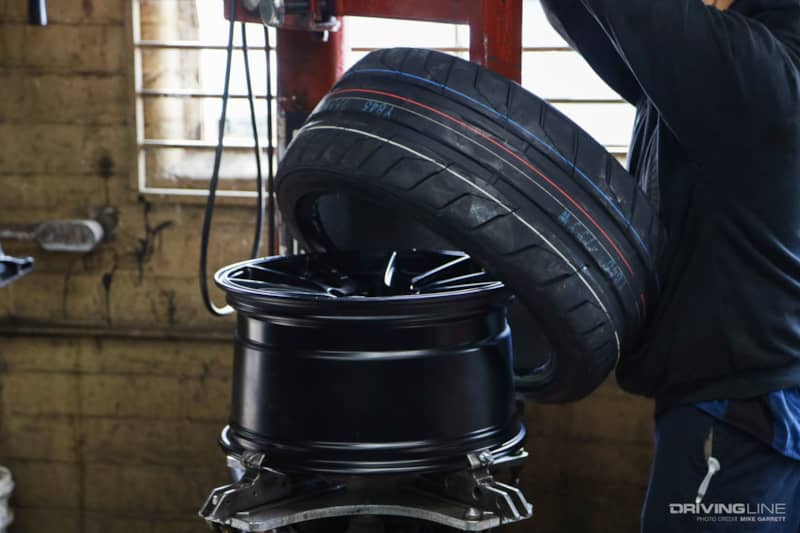
Here's a look at 5 things you need to know before buying aftermarket wheels and tires.
Offset Is (Almost) Everything
Wheel offset is one of the most crucial things to get right if you want to make sure that your new set of rims both looks good and fits properly under your car. The term 'offset' refers to the distance of your vehicle's hub mounting surface to a line drawn directly through the center of the wheel itself.
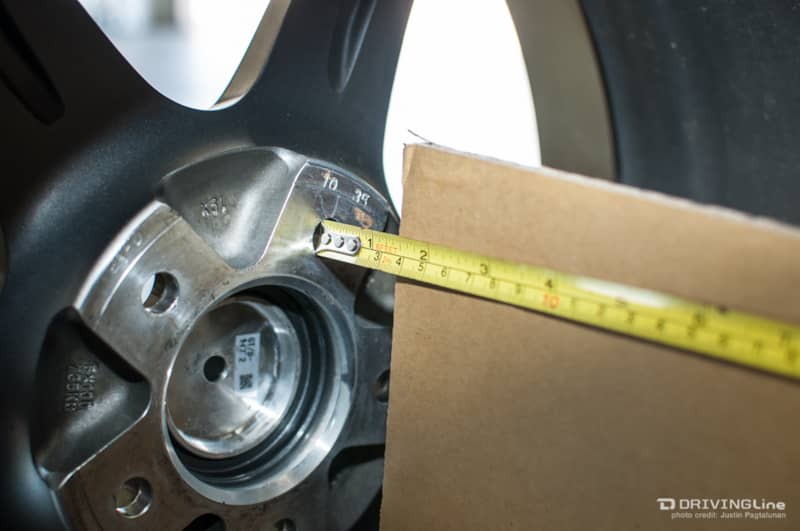
Offset is typically measured in millimeters, and is denoted by the terms positive, negative, and neutral. Neutral offset is fairly self-explanatory, as it refers to a wheel whose centerline matches up exactly with a hub's mounting surface. Positive offset wheels feature a centerline that's pushed towards the outside of the wheel, while negative offset wheels move that centerline inside, and closer to the vehicle.
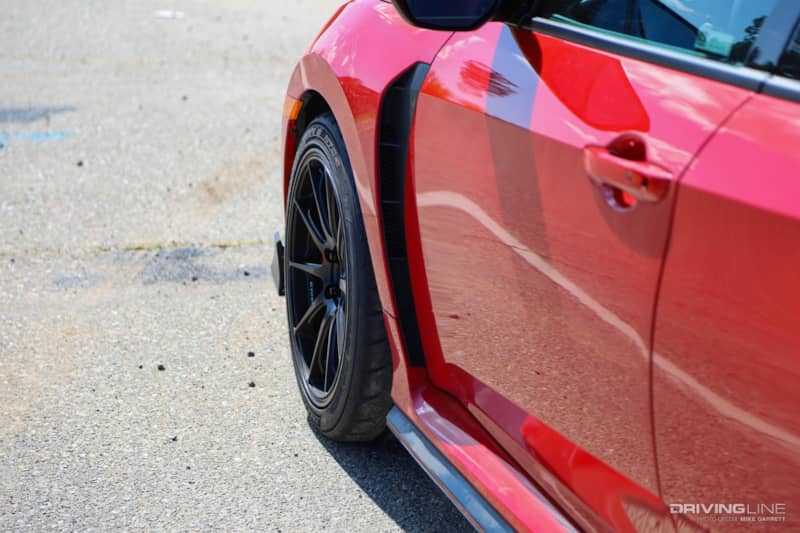
Why does any of this matter? There are two reasons why offset is critical. The first is appearance: your car has been designed with wheels in mind that fill its fenders, and if the offset of rim is too positive then it will appear to 'shrink' inside the wheel well. By the same token, an overdose of negative offset will push the wheels out and away from your fenders, giving it a crab-like look.
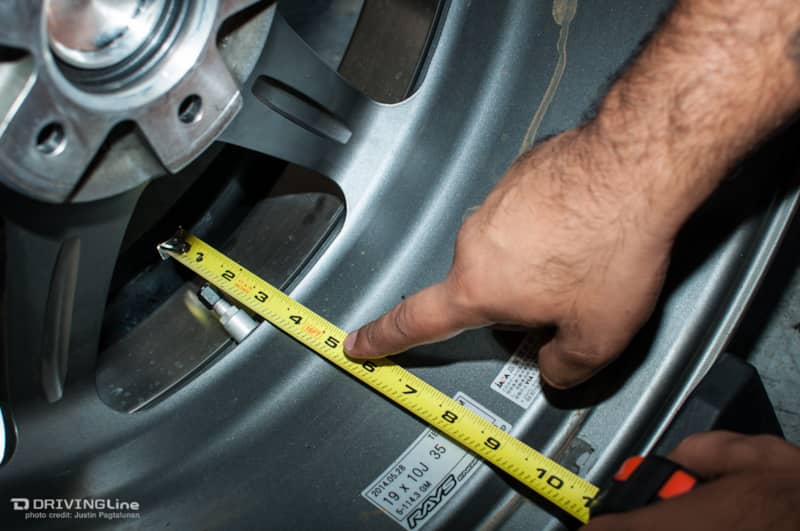
Moving a wheel's offset also has an effect on suspension and chassis components. A positive offset wheel might feature too much backspacing, which describes the portion of the wheel from the inside edge to the inside of the bolting surface. Moving more wheel and tire deeper under the fender can create rubbing against shocks, control arms, and body work, which is why larger and wider rims tend to have negative offsets to balance this out. At the other extreme, an overly negative offset can put stress on lugs and hubs by reducing backspacing to the point where most of the rim is leveraged onto those components.
Check The Center Bore
The hole in the center of an aftermarket rim is called the center bore, and it has to be big enough to fit over your car's hub or it will be impossible to install those wheels. Center bore size is obviously key to determining whether a new wheel set will fit at all, but bores can also determine more than just fit.
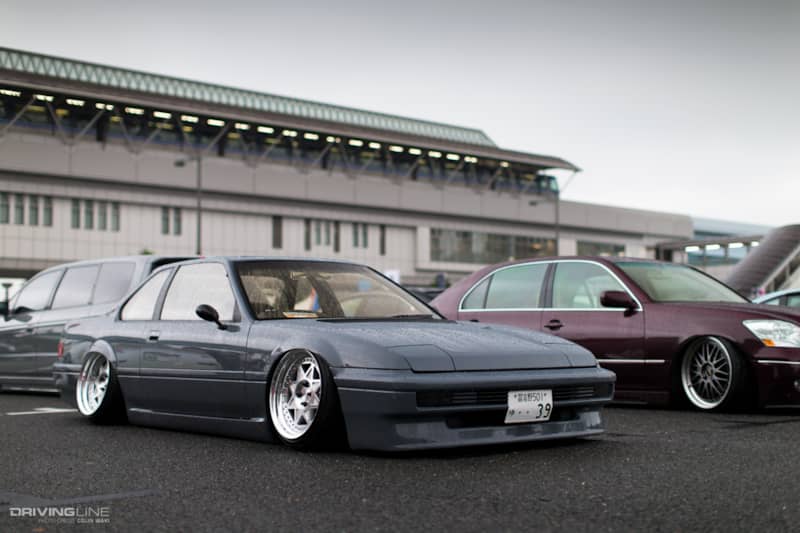
Some wheels are designed to be 'hub-centric,' which means that they require an exact fit against the hub in order to mount and seat properly. Typically, factory wheels fall into this category as they are designed specifically for your vehicle. 'Lug-centric' wheels rely on wheel lugs, rather than hubs, in order to center themselves and fit snug, which means a wheel with a larger hub bore can fit over a smaller hub without any issues. Many aftermarket rims are lug-centric, as it opens up the number of cars they are compatible with.
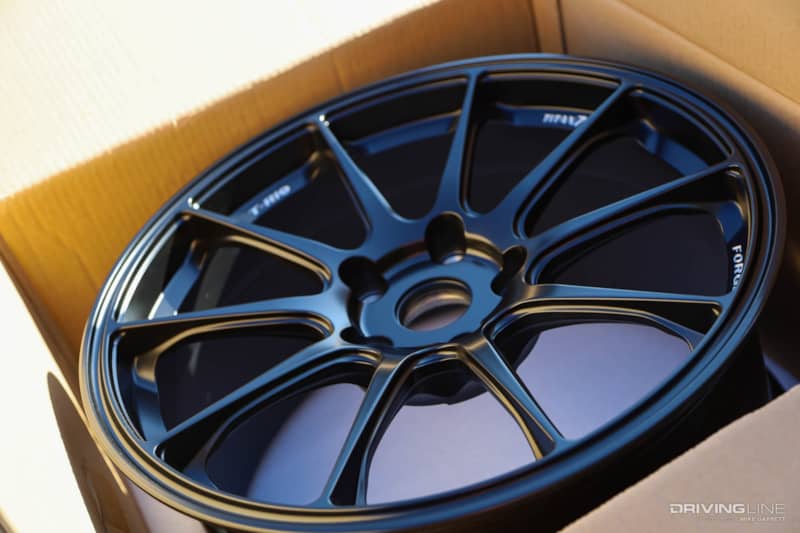
If you absolutely want to run a set of hub-centric rims on your car, but your hubs are too small, you can install hub centric rings that will bridge the gap and help seat the rim properly.
Lug Nut Type Matters
There's more than one lug nut design out there, and not all nuts are appropriate for all aftermarket wheels. The two most common designs feature different seat types, named after their shape. Some wheels require conical seat lug nuts, which feature a tapered seat, while others require a more rounded ball seat.
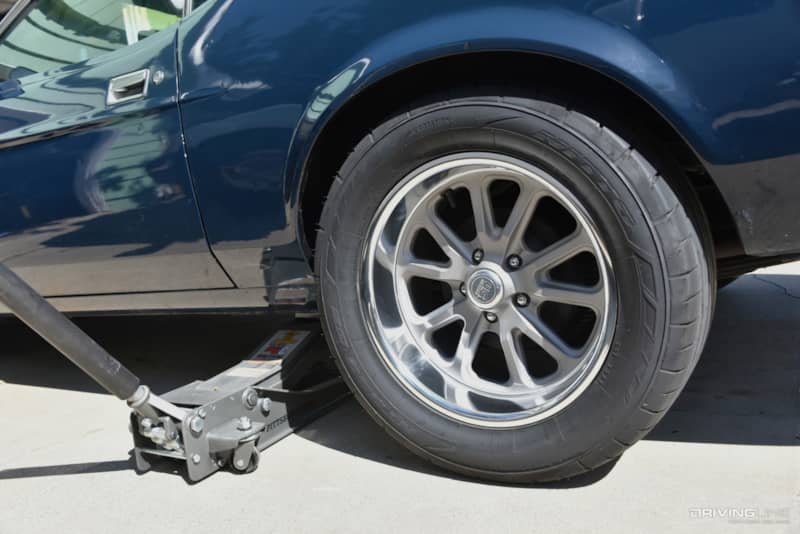
These are not interchangeable, and trying to use an incorrect lug nut design can lead to loose nuts, snapped lugs, and vibration while driving.
Choosing The Right Lug Length
The length of your vehicle's lugs is also something to consider when shopping for a set of rims. Lug length typically comes into play when you are dealing with wheels that require spacers to alter their offset, as spacers can increase negative offset to the point where the lugs are no longer long enough to fully tighten the lug nuts. Sometimes wheel adapters can also increase this distance to a similar degree.
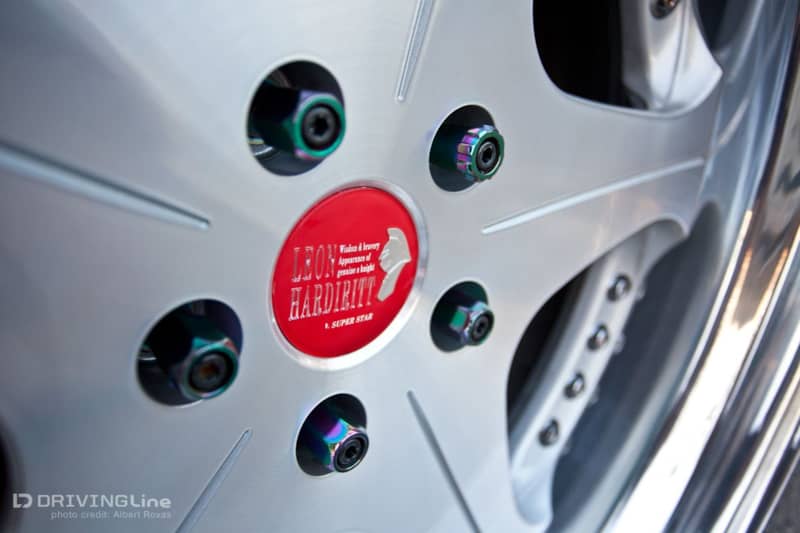
On a vehicle that sees occasional track use, for example, longer lugs also provide more contact surface for lug nuts, improving overall strength. Longer lugs typically require the use of open lug nuts in order to properly snug and seat the rim.
Range Of Motion Reality Check
It can be tempting to purchase a set of larger-than-stock wheels and tires and count on the fact that, according to your measurements, they technically fit inside the wheel well. A static measurement that doesn't take into account the full range of motion a wheel and tire undergoes while driving, however, won't tell you the entire story about whether your fitment will work in the real world.
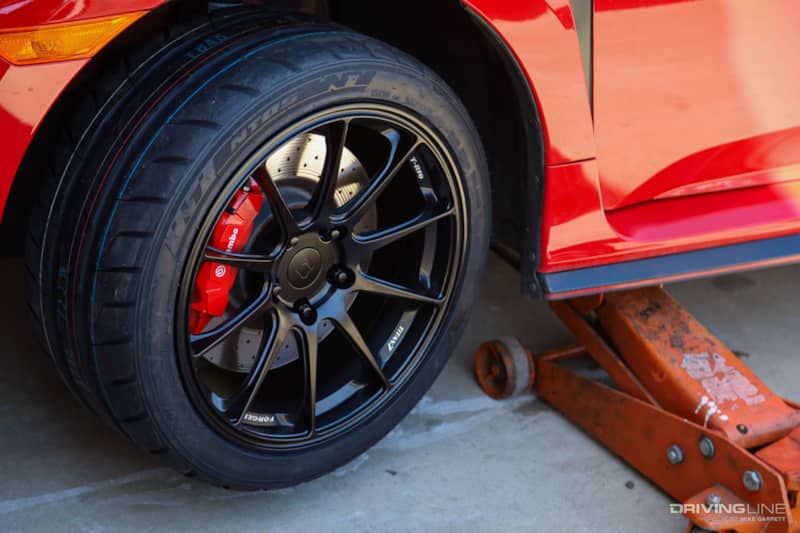
As a car's chassis moves under braking, cornering, and acceleration, body and suspension components will come closer to the tire and wheel. This is also true when turning the steering towards the locking point on either side. It's important to leave enough breathing room between your rim and rubber to prevent damage or rubbing that could lead to a blowout or a wheel failure over time







